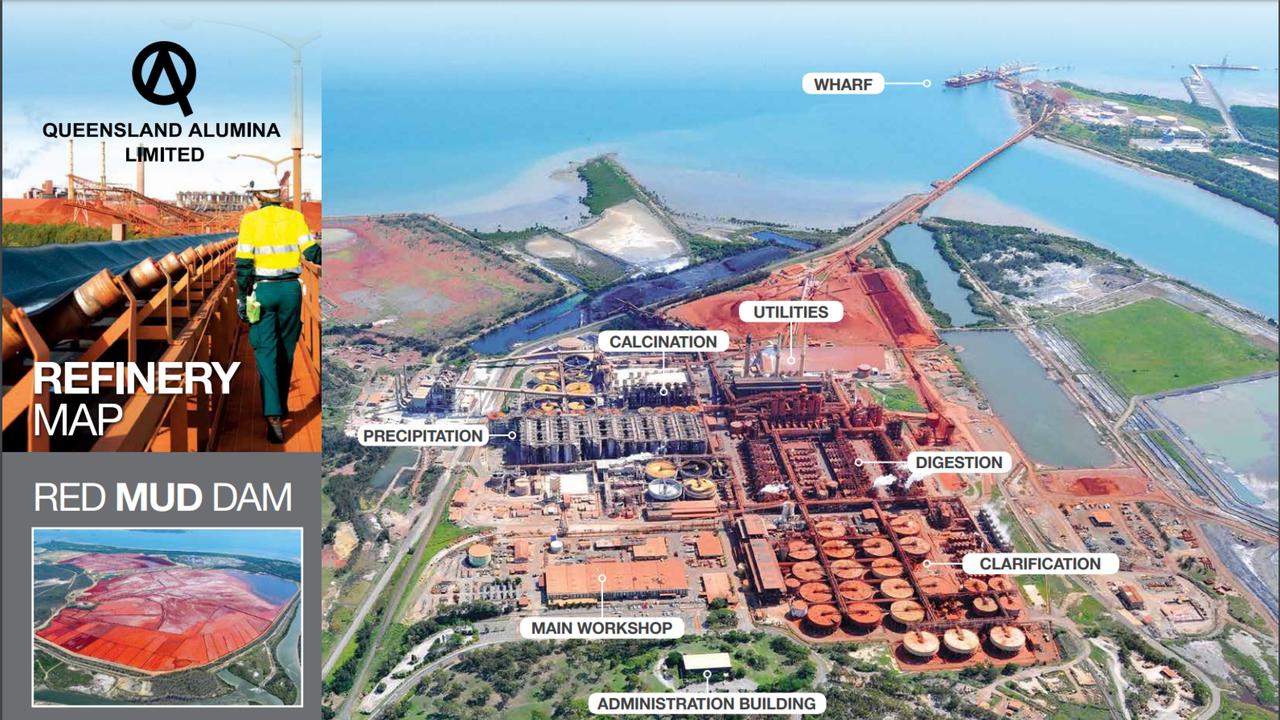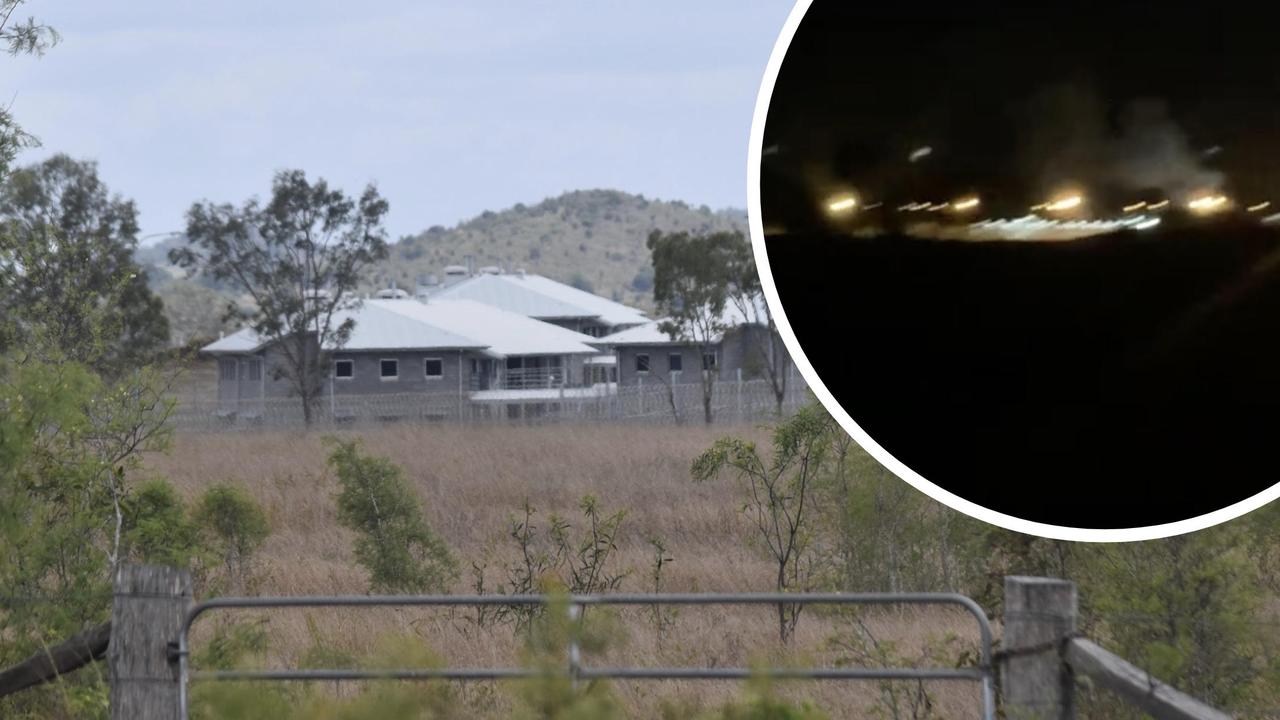Queensland Alumina like you’ve never seen it before
Queensland Alumina Limited was the biggest engineering feat of its time ever in the sunshine state.

Gladstone
Don't miss out on the headlines from Gladstone. Followed categories will be added to My News.
WHEN Gladstone was reeling from the closure of the city's biggest employer, the meatworks, in 1962, the announcement of Queensland Alumina Limited raised community spirits.
After competing with 11 other locations, the port city was chosen as the site for a refinery to process significant alumina deposits discovered at Weipa, far-north Queensland.
Gladstone was favoured as a site due to its deep water harbour and the proximity of rail access.
Information provided by QAL shows the refinery was built by a consortium of organisations - Comalco, Kaiser, Alcan and Pechiney.
The construction was the biggest engineering feat of its time ever in the sunshine state.
Construction peaked in 1966 when 2800 workers from about 70 businesses worked 48-hour weeks to earn a wage of 35 pounds.
During construction, more than 400 homes, two caravan parks, and a single men's quarters called Yaralla Hostel, were built to establish the suburbs of Barney Point and West Gladstone.
QAL took delivery of its first bauxite shipment of 10,000 tonnes in December 1966, which resulted in 35,586 tonnes of alumina being shipped to the US in August the following year.
In one of Gladstone's biggest ever celebrations, QAL was officially opened by then Premier Sir Francis Nicklin on August 4, 1967.
Since then QAL has gone on to collaborate with Gladstone Regional Council on significant projects for the region including Awoonga Dam, the bridge to Boyne Island, Gladstone's first water treatment plant, improvement of hospital services.
QAL also played an instrumental role in establishing the green belt from the Duck Ponds to the PCYC, including Gladstone pool, tennis, hockey, netball, basketball and softball courts.
During its more than 53 year existence, thousands of "Gladstonians" have been employed by QAL and hundreds still work there.
Over the decades, QAL through Rio Tinto has injected billions of dollars into the Gladstone region economy and helped put the city on the map as Queensland's industrial powerhouse.
Bauxite is refined into alumina at QAL through the four-stage Bayer process.
This involves:
1. Digestion - Dissolving bauxite's alumina content
2. Clarification - Settling out undissolved impurities
3. Precipitation - Forming alumina crystals
4. Calcination - High-temperature drying of alumina.
The refined alumina is then used to make aluminium at facilities like Boyne Smelters, around Australia and the world.
More stories:
Heron Island evacuated over water supply concerns


